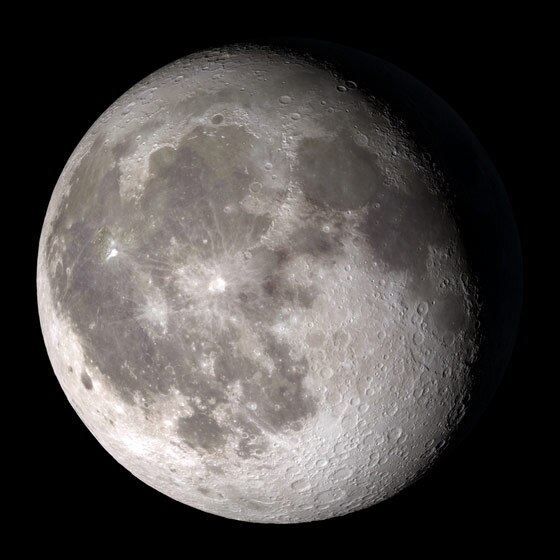Create a free profile to get unlimited access to exclusive videos, sweepstakes, and more!
Crash Course Astronomy Episode 4: Phases of the Moon

Besides the daily motions of the Sun and stars, the most obvious change in the night sky over a week or so is the changing phase of the Moon. Sometimes it’s a thin fingernail Moon, sometimes it’s an arresting silvery disk dominating the night sky.
What causes this? There’s a misconception I’ve heard where people think they’re seeing the shadow of the Earth on the Moon. But that’s not it; when that happens you get a lunar eclipse, not different phases.
It turns out it’s just geometry. The angle between the Moon, the Sun, and us on Earth is what determines the phase. I could spell it out for you here, but it turns out I don’t have to. This guy looks like he’ll be happy to explain it all:
This is another one of those topics that might be hard to imagine in your head. But it’s also one where your best bet is to go outside every night and try to find the Moon. And I mean every night for as long as weather permits. There’s nothing like seeing it for yourself to help you really see it.
This is also another episode that killed me to write; I had so much more I’d have loved to cover! That’s a recurring theme with me, and I suppose with anyone who writes to a specific word count.
But with Moon phases, you have a particularly rich subject. You’d expect the full Moon to be twice as bright as the first quarter Moon, when the Moon’s half full. But it isn’t: It’s actually more than 10 times brighter! That’s because of the Opposition Effect or Surge. When the Sun is shining directly behind your head as you look at some surfaces, they appear to get far brighter. For various reasons, these surfaces direct light back in the direction from which it came, so it sends that light right back at you. It’s also called Heiligenschein.
I wanted to talk about Earthshine more, since it’s such a lovely effect. Astronomers used it to detect life on Earth once, an actually very clever experiment. I also wanted to talk about the phases of the Moon used in history (religious calendars being a big one), the differences between sidereal and synodic motions of the Moon, how some years have 13 full Moons (like 2015!), and what the Moon looks like through a telescope as the phases change.
If only there were some way for you to get all that info, like links in a blog post embedding the Crash Course video … oh, wait.
So anyway, yeah, there’s a lot of stuff to cover. But it’s a Crash Course, not a Talk About Everything Having to Do With the Topic Ever. That would take hours per episode, and we have a lot of episodes to get to. It’s a big Universe. I’ll explain it the best I can.














